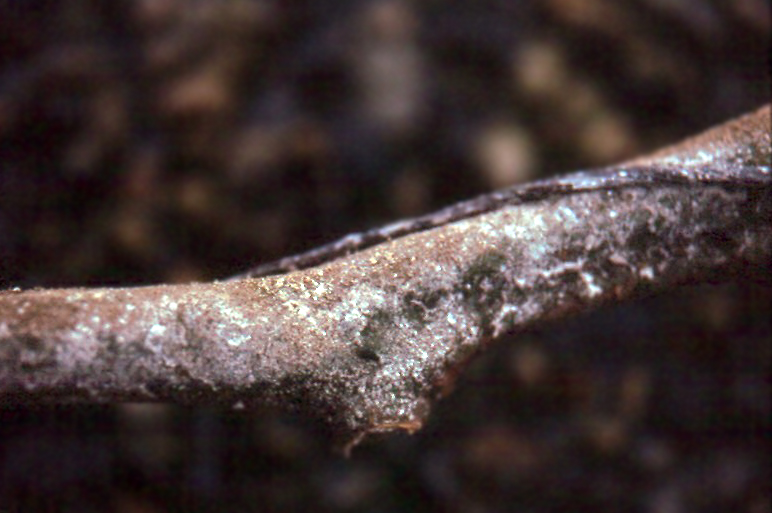Sclerotinia or watery soft rot
The disease is serious during cool climates. It is caused by several fungi such as Rhizoctonia spp., Pythium spp, Sclerotinia spp. and Botrytis spp. The fungus will be more prevalent in moist conditions than in arid low humidity climates.
The most common point of entry is at soil level, via pruning wounds or through the end of the stem of a harvested fruit. So there is not much that one can do other than adding a tree paste to any open stem point, but that is totally impractical. The fungus can also survive a couple of years in the soil or organic material making control difficult.
Sclerotinia symptoms
Leaves, especially the older ones, start to wilt during any stage of growth. The wilting continuous until the plant collapses completely. The disease can be identified by a watery soft rot of the leaves. Sclerotinia can be distinguished from bacterial soft rot through the white extramatrical mycelium and the sclerotia.
There is also a very distinct demarcation between the healthy part of the plant and infected part. The diseased tissue is often grey or light brown in colour.
Controlling Sclerotinia
The growing medium must be sterilized, especially the seedling growth medium. All equipment, such as knives, buckets, crates, shovels, tractor wheels (yes!), boots etc. must be sterilized. The fungi will survive in the soil for long periods and spread throughout the greenhouse over time. It is very difficult to control since the spores can be transferred via the wind, and for that there is no control method. Controlling Sclerotinia in transit can be done by lowering the temperature to 0°C, but total control is not possible.



